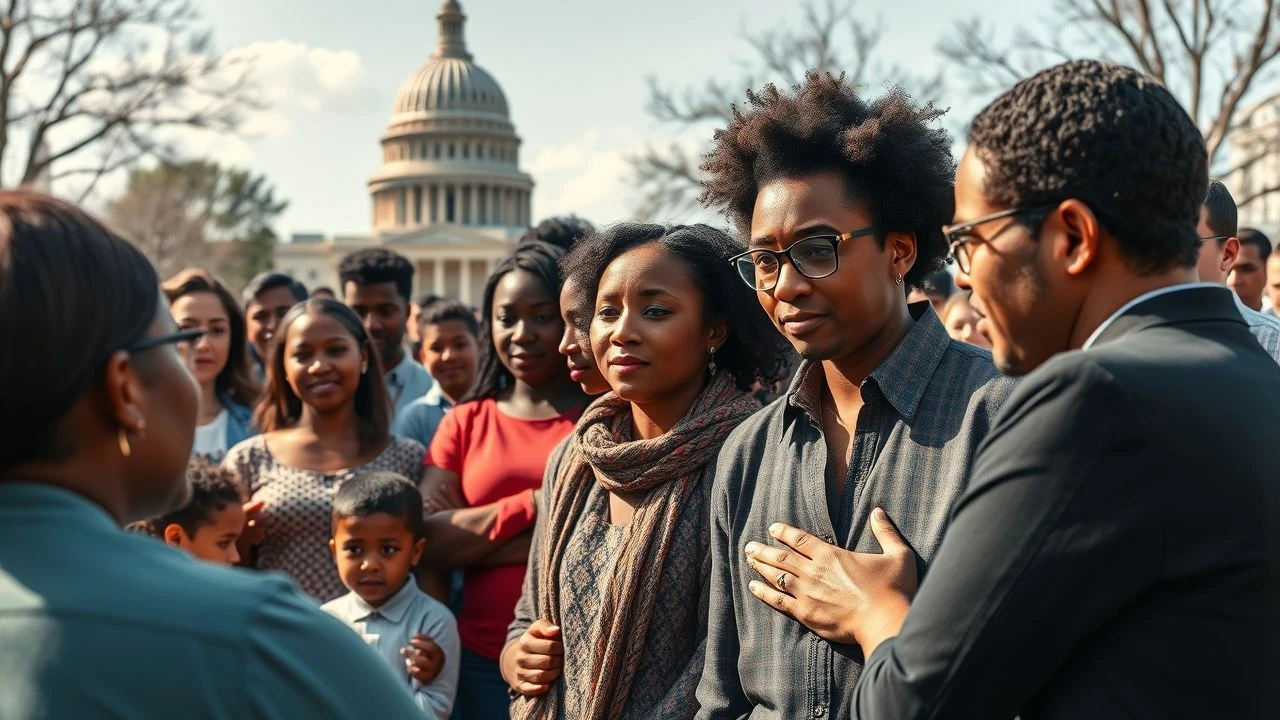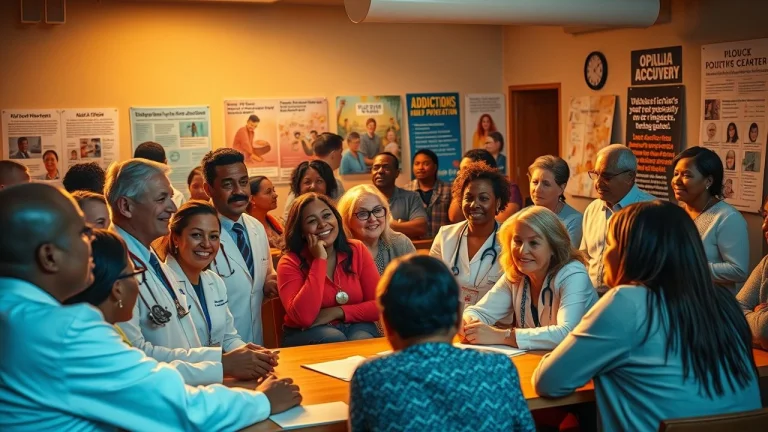
Red flag laws, or extreme risk protection orders, offer a different approach. These laws allow for the temporary removal of firearms from individuals deemed by a court to pose a significant threat to themselves or others. Often, this involves a process where family members or law enforcement can petition a court to temporarily suspend an individual's right to possess firearms, usually pending a hearing. It's a preventative measure, designed to intervene before tragedy strikes.
Now, are these measures actually effective? Data from organisations such as Everytown for Gun Safety and the Giffords Law Center suggest that states with these laws in place have seen a reduction in gun violence. For instance, some studies indicate a correlation between universal background checks and a decrease in gun-related suicides and homicides. "States with universal background checks have fewer gun deaths,"
is a common refrain from advocates. However, it's important to note that correlation doesn't equal causation, and other factors could be at play. Similarly, red flag laws have shown promise in preventing mass shootings and suicides, with some research suggesting a significant reduction in firearm-related deaths in states where these laws are actively used. Despite the evidence, debate continues, with some arguing that such laws infringe on Second Amendment rights. It's a thorny issue, no doubt, with strong opinions on both sides of the aisle.
Cities like Chicago and Newark provide compelling examples. Cure Violence, for instance, employs 'violence interrupters' – often individuals with lived experience – who mediate conflicts, prevent retaliations, and connect individuals with much-needed resources. Their strategy revolves around identifying and responding to potentially violent situations before they escalate, disrupting the cycle of violence. The Health Alliance for Violence Intervention (HAVI) champions hospital-based violence intervention programmes, providing support to victims of violence and connecting them with services to prevent re-injury.
These aren't just feel-good measures; the data suggests they're making a difference. Early reports from Cure Violence programmes indicate a significant reduction in shootings in targeted areas. However, it's important to note that these programmes require sustained investment, ongoing evaluation, and close collaboration with local authorities to achieve long-term success. The key is building trust within the community and empowering local residents to take ownership of the solution. It's not a silver bullet, but a vital component of a broader strategy to reduce gun violence and foster safer communities.
It takes a village, as they say, to raise a child, and it certainly takes a dedicated community to combat gun violence effectively.
There are a number of legislative proposals floating about that aim to increase funding for mental health services. This could mean expanding access to therapy, psychiatric care, and early intervention programmes. Imagine a future where anyone struggling has immediate access to the help they need – that's the goal. These proposals often include providing support to individuals identified as being 'at risk', but naturally, this needs to be done with the utmost care and respect for civil liberties.
For instance, the American Psychological Association has conducted extensive research highlighting the impact of accessible and affordable mental healthcare on community safety. They've found that early intervention can significantly reduce the likelihood of harmful behaviour. Similarly, research from the National Institute of Mental Health underscores the need for a multifaceted approach, combining mental health support with responsible gun ownership measures. It's not a one-size-fits-all solution, but a comprehensive strategy addressing the root causes, including mental wellbeing, is absolutely vital.
Investing in mental health isn't just a compassionate thing to do; it's a sensible preventative measure that could save lives and make our communities safer for everyone.

Communities Unite to Combat Opioid Crisis with Comprehensive Strategies
Expanding Voting Rights: Legislative Battles for Equitable Access in the US
Affordable Housing Crisis: Advocates Demand Policy Changes to Combat Homelessness and Inequality
Rising Awareness Fuels Advocacy for Mental Health Support
Education Underfunded: Calls Mount for Equitable Distribution and Increased Support for Public Schools
Revamping America's Roads: Ambitious Plans to Modernize U.S. Transportation Infrastructure Take Center Stage